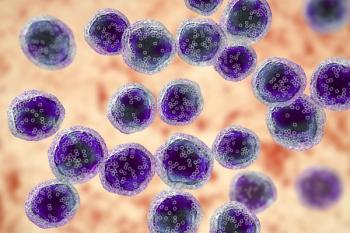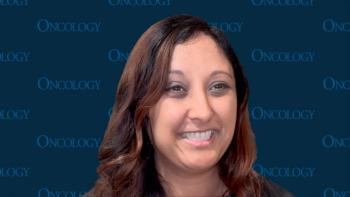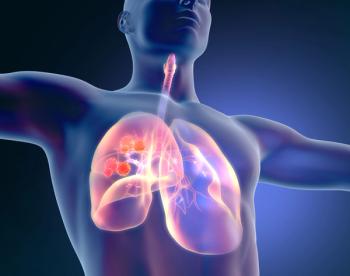
Oncology NEWS International
- Oncology NEWS International Vol 18 No 11
- Volume 18
- Issue 11
Moderate marijuana use may tamp risk of H&N cancer
Cannabinoids, which are a byproduct of marijuana smoke, have been recognized to have potential antitumor properties, but evidence of a relationship between marijuana use and the induction of head and neck squamous cell carcinoma has been inconsistent.
Cannabinoids, which are a byproduct of marijuana smoke, have been recognized to have potential antitumor properties, but evidence of a relationship between marijuana use and the induction of head and neck squamous cell carcinoma has been inconsistent.
Researchers from Brown University in Providence, RI, set out to clear up some of the conflicting evidence and found an attenuated risk of HNSCC among those who used marijuana compared with those who did not.
The investigators in the department of community health compiled data on 434 cases of incident HNSCC disease from nine medical facilities in the greater Boston area over a four-year period. A control group (547 people) was matched to the study population based on age, gender, and town of residence.
A questionnaire was used to collect information on lifetime marijuana use (decade-specific exposures); the associations were evaluated using unconditional logistic regression. The authors found that after adjusting for potential confounders (nicotine smoking, alcohol drinking), 10 to 20 years of marijuana use was associated with a significantly reduced risk of HNSCC (odds ratio [OR] = 0.38 for 10 to < 20 years vs never users).
Among marijuana users, moderate weekly use was associated with reduced risk (OR = 0.52 for 0.5 to < 1.5 times vs < 0.5 time). The magnitude of reduced risk was more pronounced for those who started use at an older age, the authors noted. These inverse associations did not depend on HPV16 antibody status (Cancer Prev Res 2:759-768, 2009).
For those subjects who have the same level of smoking or alcohol drinking, there was an attenuated risk of head and neck carcinoma among marijuana users vs those who did not use marijuana, the authors reported.
Articles in this issue
about 16 years ago
Measure for measure: How to make practice benchmarks meaningfulabout 16 years ago
Ultrasound targets lymph node recurrence in breast cancerabout 16 years ago
JAMA article reignites debate over screeningabout 16 years ago
Moving at the speed of scienceNewsletter
Stay up to date on recent advances in the multidisciplinary approach to cancer.


















































































